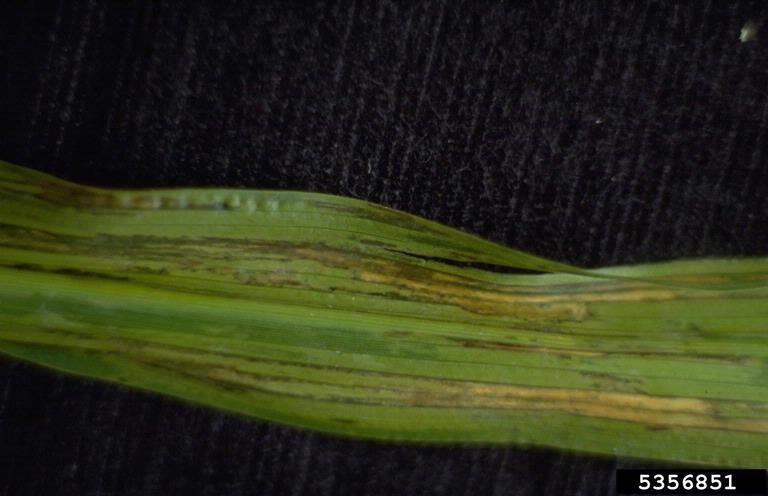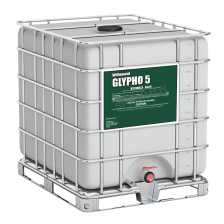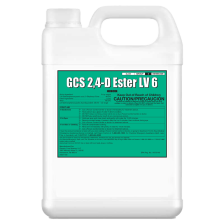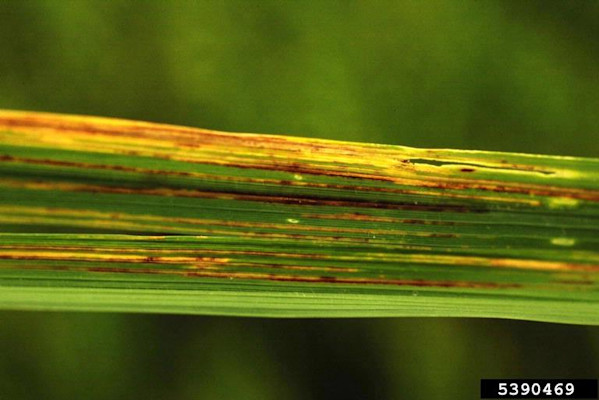How Bacterial Leaf Streak Impacts Crops
BLS primarily targets the leaves of the wheat plant, but it can also infect the glumes and kernels. By reducing the plant's photosynthetic capacity, BLS can cause significant yield loss leading to stunted growth and reduced grain fill.
The bacteria infiltrate the plant through natural openings or wounds, multiply in the intercellular spaces, and produce toxins that cause cell death, resulting in the characteristic leaf streaks.
In severe cases, BLS can cause premature leaf death, further diminishing the plant's photosynthetic capacity and potentially leading to significant yield loss. The disease can also degrade the quality of the grain, as infected kernels may be shriveled and have a lower test weight.



